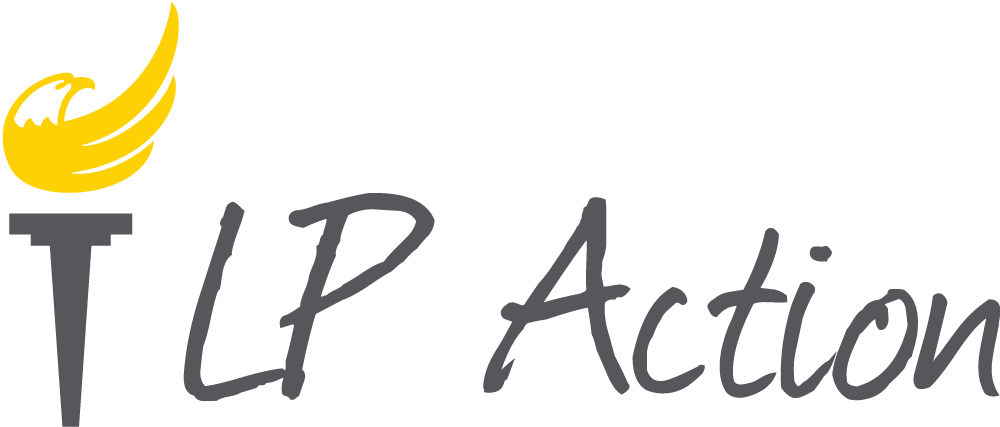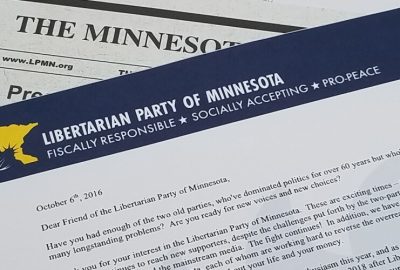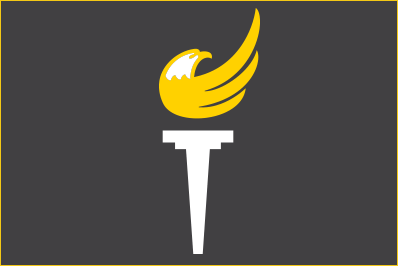Fundraising 101
Fundraising 101

A Beginner’s Guide, by Wes Benedict
- Most important is to get something done. Keep it simple. Don’t worry about being perfect.
- Try to raise funds for a specific project, but “just please donate” also works.
- Know your state regulations such as the contribution limit, and what information you may have to report (name, address, date, amount, occupation, employer).
- Make sure your treasurer is prepared for the workload of processing contributions.
5 ways to raise funds
1. Emails & website
- For affiliates, send 4 to 12 emails per year focused specifically on fundraising (not just part of a newsletter).
- For candidates, send emails as often as you can, but especially when candidate announces, when you have news that will inspire donations, and as often as possible during the last two months before election day (when people donate the most).
- Accept credit cards by PayPal, Piryx, Click&Pledge or any service. Don’t stress over the fees.
- Post a donation form that people can print and mail or fax.
2. Direct mail fundraising letters
- For affiliates, send 2 to 6 fundraising letters per year specifically for fundraising (not just part of a newsletter).
- For candidates, as often as you can afford and as will yield a net profit.
- Include a reply form and self-addressed return envelope.
Keep it simple. Get it done. Print it at home and use First Class stamps until you’re an expert.
**Mail to people who have donated to the national or state party within the last 12 months.Otherwise you will probably lose money on the mailing**
3. Events
- Events are an expensive, labor-intensive way to fundraise. For affiliates, don’t organize an event just for fundraising. But if you’re having an event anyway, go ahead and raise funds at the event.
- For candidates, events are more likely to yield results if well organized, well promoted, and well executed.
- When a candidate is a featured speaker at another organization’s event where the leadership strongly supports candidate’s campaign, fundraising may be possible. Ask leaders if they will make an appeal to their members to donate. It may also be appropriate for the candidate to ask for donations and volunteers during his/her presentation.
- Have a donation form, pen, and envelope for every person there.
- At some point, formally ask the entire group to fill out the form and donate.
4. On the phone
- Call people and ask them to donate, preferably by credit card over the phone.
- It’s okay if your sales pitch is very short.
5. One-on-one meetings in person
- This is how you raise large donations from wealthy people.
- Getting someone to meet with you is the hardest part. If you get a meeting, it might last 30 minutes, and about fifteen minutes into it you’ve already explained what you’re raising funds for and you have asked for a donation.
- How many thousand should you ask for? Depends on your project and the donor’s ability.
Miscellaneous fundraising tips
- Copy what other organizations or state or county Libertarian Party affiliates are doing that are successfully raising money. Find out how much they are actually raising per year before acting on advice from others.
- Monthly pledge programs are a great way to bring in a predictable flow of funds. Many online services provide monthly pledge credit card processing.
- Emails and letters should be from one person to one other person. “Dear John, I would like you to help me by donating to the Libertarian Party.” Notes from the Chair are probably best. (Don’t stress out about mail merging, if that’s difficult. It’s OK to say “Dear Libertarian”.)
- You can find a fundraising package template in Word format including a letter, response form, carrier envelope, return envelope, posted at the link below. Use this to quickly put together a fundraising package.
- Mr. Eberle of the Bruce W. Eberle & Associates direct-mail fundraising agency says one of the most common flaws with direct mail is overuse of graphics. I say put a logo on the envelope and page one of the letter if it’s convenient for you. Otherwise, no graphics at all!
- You’re not a beggar! You’re a hero! Jerold Panas, author of Asking: A 59-Minute Guide to Everything Board Members, Volunteers, and Staff Must Know to Secure a Gift, writes: “Congratulations. You’re among the greatest and the most privileged. You’re about to undertake what George Bernard Shaw called, ‘The joy of being used for a purpose recognized by all as a mighty one.’ … Your task is vital because without your help your organization couldn’t exist.” People like to donate. They know you’re not perfect. They appreciate your effort. Give them the joy of helping you! (I highly recommend that book for one-one-one in-person fundraising.)
- Be honest and careful with predictions. One of the reasons I’ve raised money successfully year after year is that I’m optimistic, yet honest and realistic. I’m in this for the long haul, and I don’t want to make promises I can’t keep. The LP has been around for 40 years. Our best donors have been around for many years, they are sophisticated, and they know what’s what.
- Fundraising letters are newsletters too! I learned from Richard Viguerie, a direct mail guru, that fundraising letters aren’t just for raising money. They are newsletters, advertising, and much more. Even if a recipient doesn’t donate, and even if your letter just breaks even, that letter still benefits the party in many ways.
- Premiums like T-shirts, books, and coffee mugs, help boost revenue, but don’t make them the primary focus for raising funds. Shipping costs and unsold items cut into profits. Also, consider the labor to manage the materials and space to store them.



